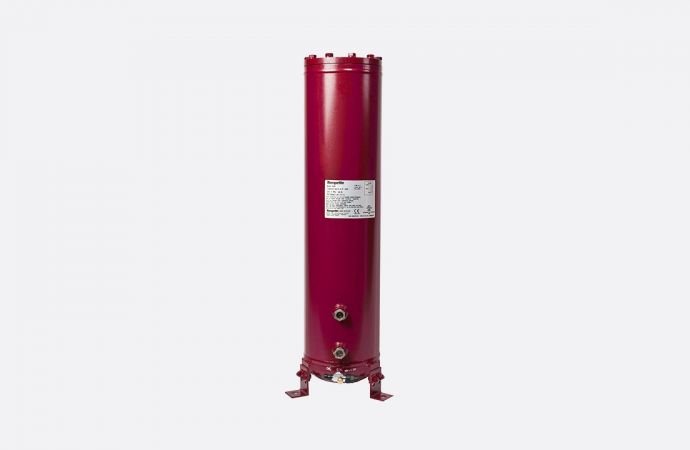During the HVAC session at ATMO America 2017, manufacturers Mayekawa and Azane argued that wider use of ammonia is a real possibility if the industry is able to think outside the box.

Yasushi (Kelly) Sasaki, Mayekawa, at ATMO America 2017, San Diego, Calif.
“Being odd is normal! New HVAC is real,” Yasushi (Kelly) Sasaki of Mayekawa declared during the HVAC parallel session at ATMO America 2017, in a sign that natural refrigerants – and ammonia in particular – are increasingly ready to move beyond refrigeration into heating, ventilation and air-conditioning applications.
Sasaki presented several case studies showing that ammonia and CO2 are already being used in HVAC applications in the U.S.
One project using ammonia (NH3) for residential district heating in an area with a total of 700 households had experienced very high-COP compared to traditional HFC systems.
The coefficient of performance (COP) was 5.35 compared to the 3.57 delivered by a traditional HFC-based system. “Overall, it was 15% more efficient,” Sasaki explained.
He sees real opportunities for uptake of this technology to increase.
Similarly, Mike Kallas of U.S. low-charge ammonia packaged solutions manufacturer Azane Inc. – part of Scottish firm Star Refrigeration – argues that ammonia will be increasingly used for air-conditioning in the future.
Based on our analysis, we estimate that 70% of all building types could use ammonia packaged units, including office and retail buildings."
– Mike Kallas, Azane
“Based on our analysis, we estimate that 70% of all building types could use ammonia packaged units, including office and retail buildings,” Kallas said.
However, he warned that short-term hurdles remain, highlighting the cost of these systems and safety concerns surrounding ammonia.
Azane has provided an air-conditioning system using ammonia chillers for a department store in a rooftop installation in the United States. The system was installed on the roof with 213 lbs. of ammonia refrigerant and provided chilled water at 43°F with an air-cooled condenser.
Similar systems have also been installed at a food manufacturer in Napoleon, OH (with a NH3 charge of 450 lbs.) and a bakery in Portland, OR (with a total NH3 charge/chiller of 450 lbs.).
Related stories





